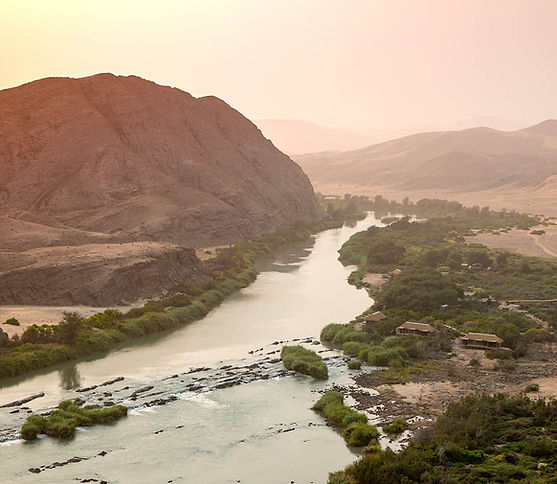
Discover the Beauty of
Namibia With Us
Experience breathtaking landscapes, incredible wildlife, and unforgettable adventures.
Featured Tours
Discover our most popular tours, carefully crafted to showcase the best of Namibia.
Expedition with a Difference
13 Days in Kaokoland - Discover the Kaokoland, where mountains rub shoulders with desert expanses. An unforgettable journey across Southern Africa's untouched places and spaces.
The C-Africa Difference
We offer luxury, classy, and upmarket safaris and ways of traveling.
With local Guides and Top Accommodation and Transportation, you have the perfect safari team at your disposal.
Tailored Experiences
There are no boundaries to our creativity and ideas for your custom-made Safaris.
Camping Gear
Comprehensive list of camping equipment and accessories for your adventure.
All-Inclusive
Comprehensive insurance, unlimited mileage, and essential equipment included.
Available 24/7
24/7 Assistance and local support throughout your journey.
Testimonials
Hear from our guests about their unforgettable Namibian adventures.
November 2024
"Our 14-day Namibia adventure exceeded all expectations! The landscapes were breathtaking, from the towering dunes of Sossusvlei to the incredible wildlife in Etosha. Our guide was knowledgeable and passionate, making every moment memorable. The accommodation was perfect, blending luxury with authentic African experiences."
S J
Sarah & Michael Johnson
United Kingdom
October 2024
"As a wildlife photographer, I was amazed by the opportunities Namibia offered. The desert elephants, the vast landscapes, and the incredible light made for once-in-a-lifetime shots. The team's expertise in positioning us for the best wildlife encounters was exceptional. Highly recommend for any photography enthusiast!"
E T
Dr. Emma Thompson
Australia
5000+
Happy Travelers
4.9
Average Rating
30+
Years Experience
100%
Satisfaction Rate
Ready to create your own unforgettable memories?
Leave a review here.










